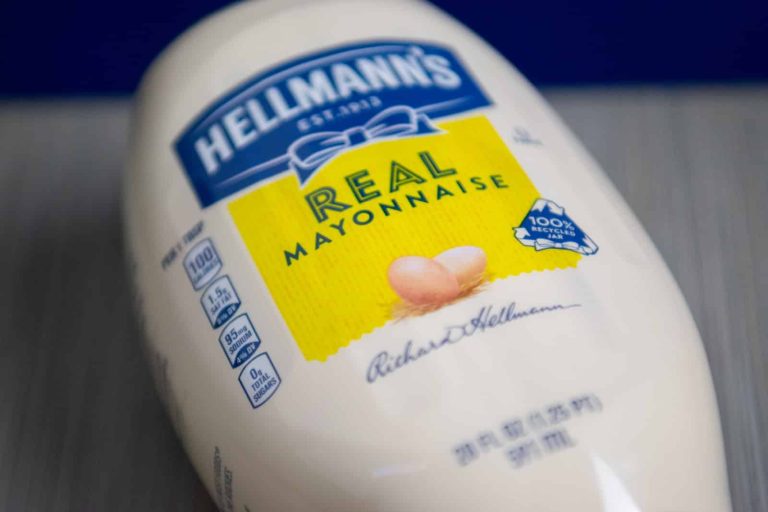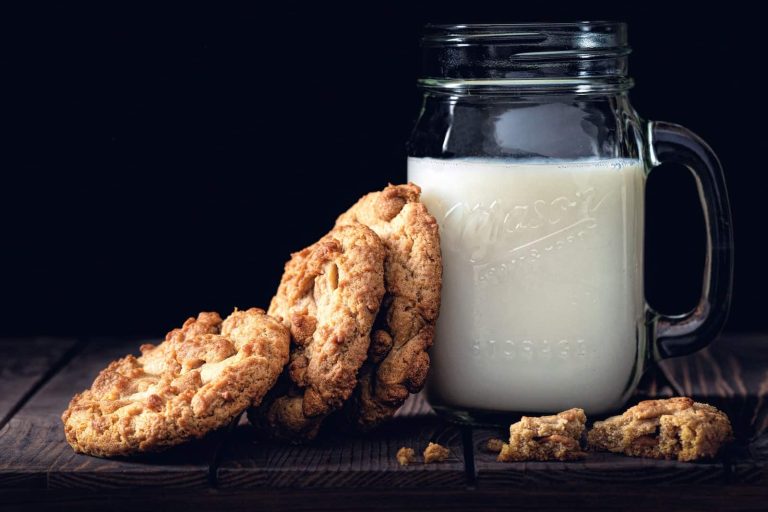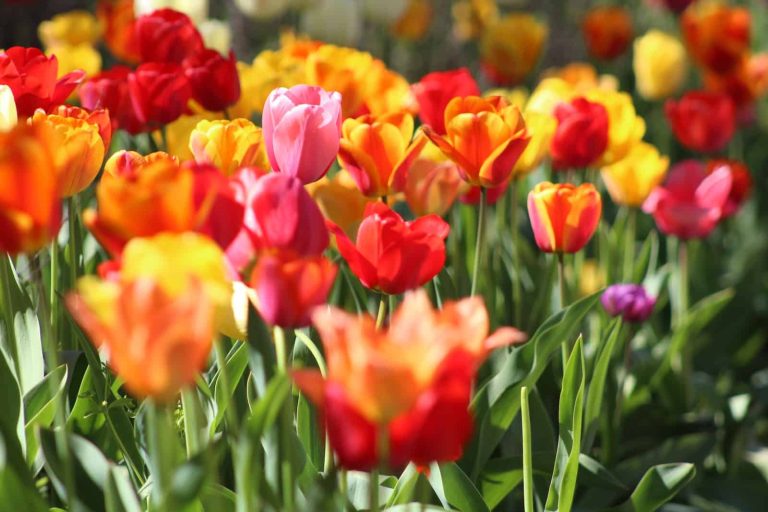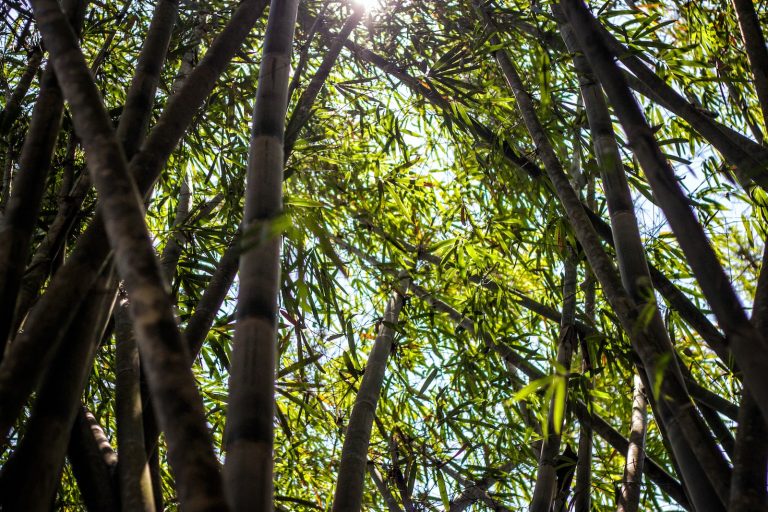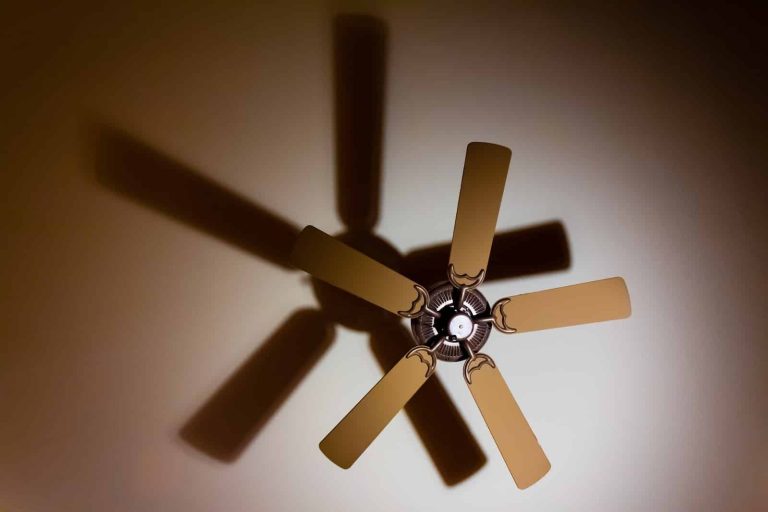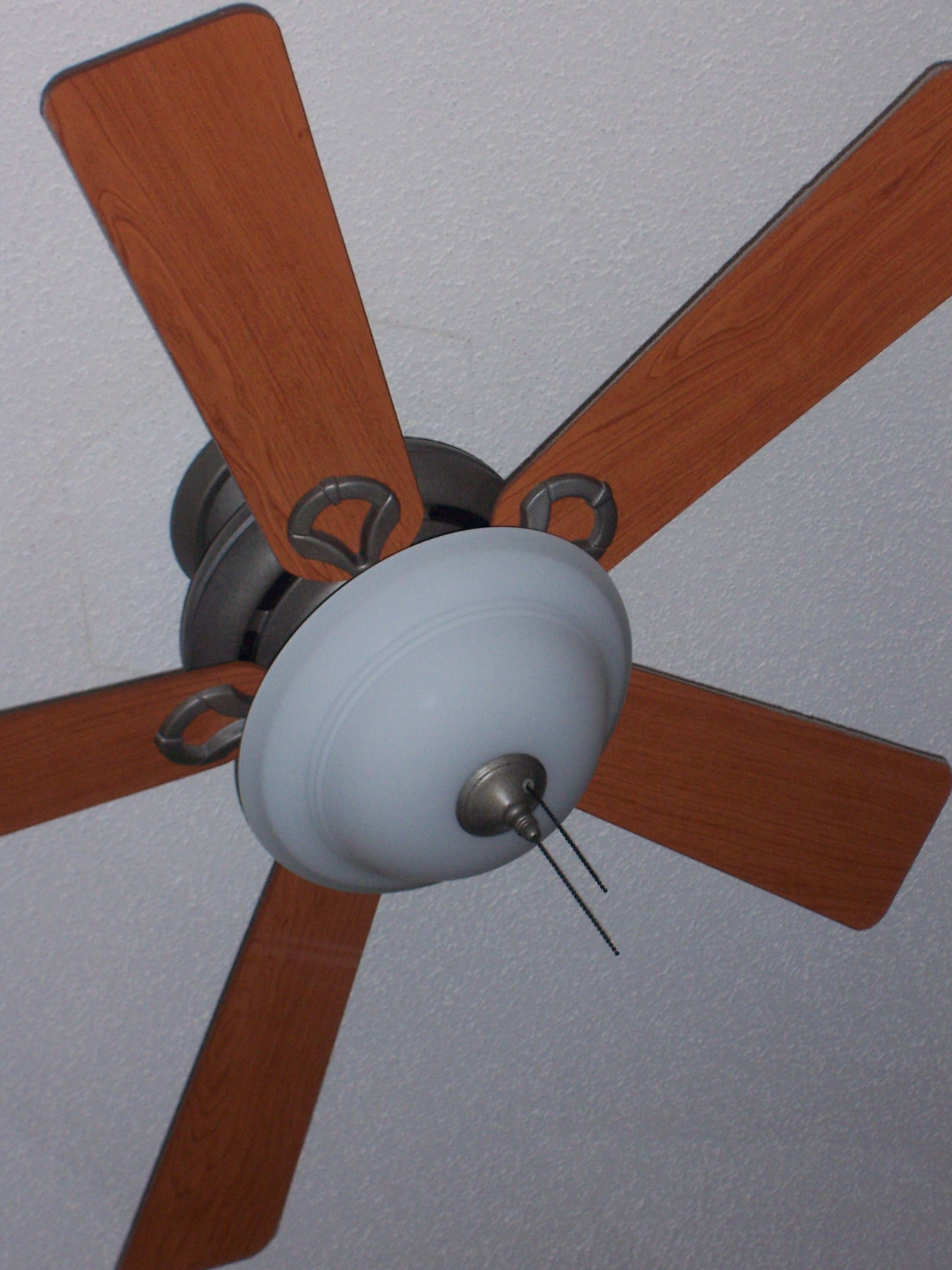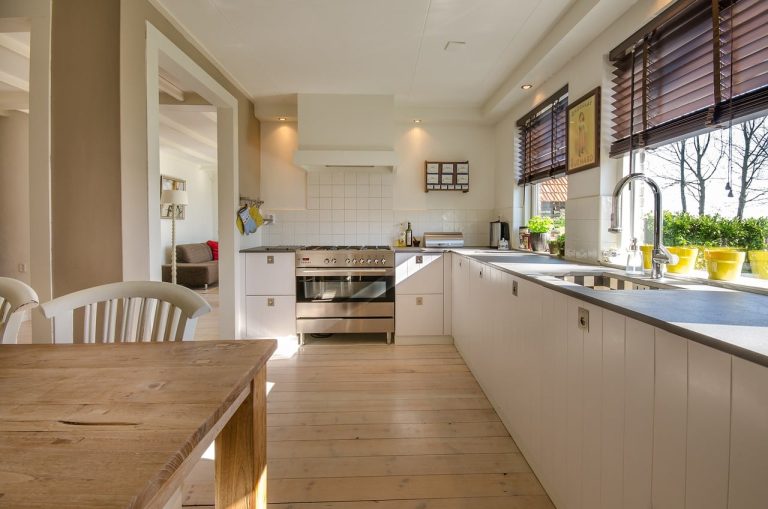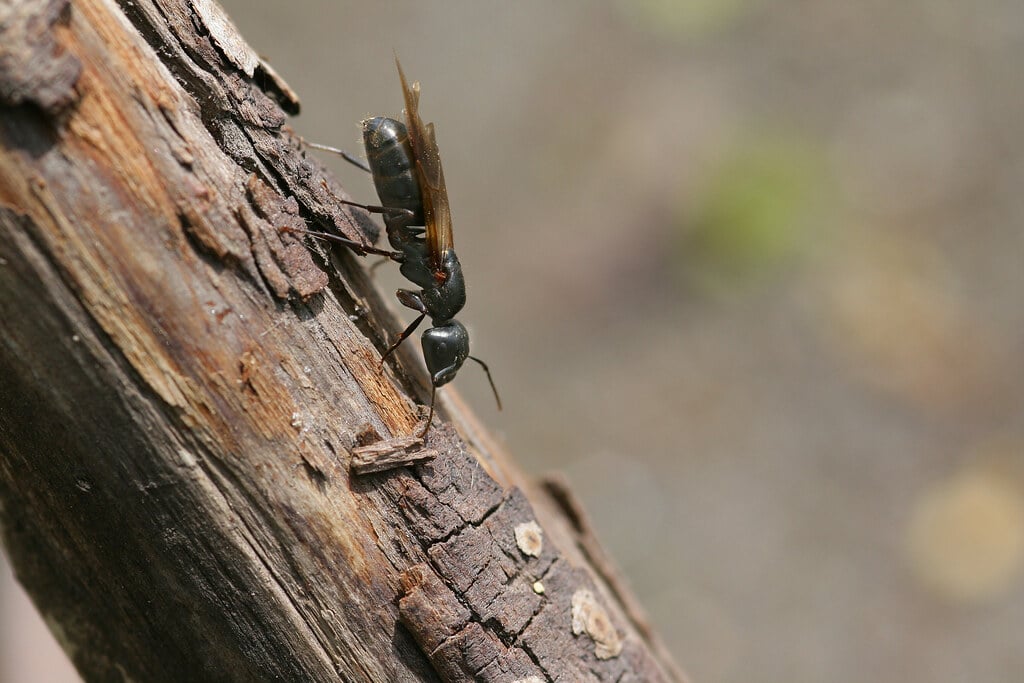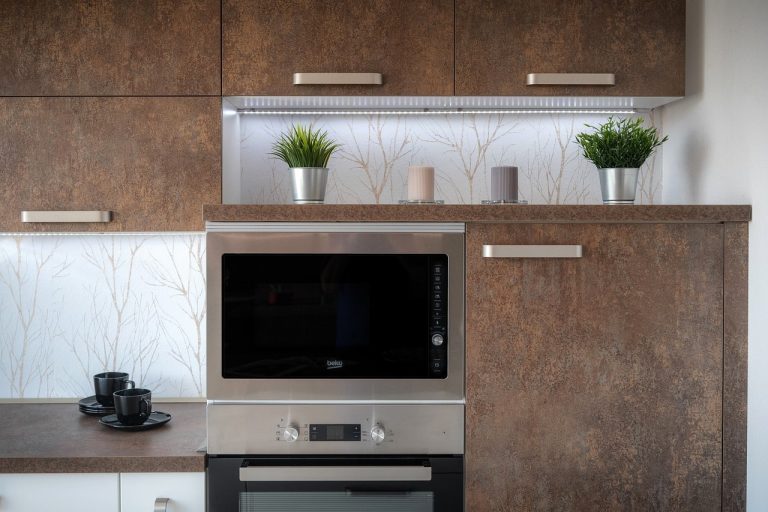Tulips are one of the most recognizable and beloved flowers in the world. There are many different types of tulips.
Their bright, bold colors and unique shape make them popular with gardeners and flower lovers.
The tulip family is large, diverse, and incredibly colorful, with more than 3,000 cultivars descended from about 100 species.
Choosing a few tulips to plant in your yard can be difficult, but you can do a few things to make the process easier.
Make sure you have a planting spot that will drain well and suit your tulips’ requirement for 6 hours of light per day before browsing the aisles of your neighborhood garden center, perusing a nursery catalog, or clicking on a distributor’s website.
You can start sorting through your selections as soon as you’re sure those conditions will be satisfied.
Learn about the different types of tulips because they each have unique profiles and traits.
While some groups are more compact and bloom a little later, others are taller and bloom in the early spring.
Our blog post will look at the different types of tulips and explore their characteristics, colors, and uses.
Whether you’re looking to add some vibrancy to your garden or want to learn more about these different types of tulips and beautiful flowers, our post is a great place to start!
1. Montreux
Montreux is first on our list of different types of tulips. It is a casual and lovely city with double flower buds in cream tones and a tinge of pink.
This cultivar, which is tiny in stature and blooms early, goes nicely with spring’s pastel garden flowers. The vase’s life is long, and the stems are firm. It smells nice and light.
2. Flaming Parrot
Flaming Parrot tulips are also on our list of different types of tulips. Its stunning variety of tulips boasts a unique and eye-catching look.
The petals of these different tulips are bi-colored, with the base of the petal being white and the tip being a vibrant orange-red color.
These tall and elegant blooms look best when planted in groups and can reach heights of up to three feet.
They are perfect for garden beds, planters, and cutting gardens and are sure to be a showstopper in any setting.
Flaming Parrot tulips have an unmistakable appearance, which makes them stand out among other varieties.
They have large, wavy petals with a prominent split in the middle, allowing the red color to come through.
These different types of tulips bloom in late spring, and their blossoms can last up to several weeks. They also have a solid and pleasant fragrance, adding to their allure.
Plant Flaming Parrot tulips for a bright, cheerful addition to any landscape.
3. Parrot King
The hues of the enormous, frilly, rounded petals of gold, orange, pink, and green blend together. As a result, the tulips in the Parrot category only have a tie-dye or feathered look. Parrot King is very well-liked for bouquets and presentations since its early buds are gorgeous and solid green.
Petal openings become so wide and nearly flat when flowers are exposed to the sun. This cultivar performs better in drier, marginally more moderate areas because colors may be adversely affected by extreme cold and/or rain.
4. Orange Princess
This double-blossom, the peony-shaped tulip, has bright orange petals with pink and red borders. Orange Princess has a distinctive profile due to green streaks on the outer petals.
This mid to late-season bloomer’s strong fragrance blends beautifully with other pink, cream, and red blooms in mixed borders. Additionally beautiful as a cut flower and can thrive in containers. Planting near a wall or fence will protect flower petals and stalks from the weather.
5. Orange Emperor
Orange Emperor is a cheery and impressive flower with bright orange petals. And a buttercup base that blooms early to mid-spring on strong stems that can grow as tall as 2 feet.
Long, slender, and deep-green in color, the foliage is. This cultivar will spread quickly and has a beautiful aroma as a Fosteriana category tulip.
6. Formosa
Formosa’s different types of tulips are the most brightly colored of all tulip varieties. Their deep red petals often have black edges that create a beautiful contrast.
This variety is incredibly long-lasting, and its bloom can last several weeks. Formosa Tulips are a great choice for adding a splash of color to any garden or bouquet. These different types of tulips are relatively resistant to disease and deer, making them an ideal choice for people with issues with deer or disease in their gardens.
7. Green Wave
Large pink/purple flowers with green and pale pink streaks make up the Green Wave. Wavy and sheared borders give the profile a playful appearance.
Although petals can be sensitive to severe weather, stems are robust. Plant Green Wave in a mass planting or use it in a mixed border with various pinks and purples both in the garden and the vase, which lasts a long time.
8. Persian Pearl
Petal interiors tend toward magenta, while the exteriors range from lavender to rose. Bright yellow centers look eye-like when they are open and draw pollinators.
Pearl, an early spring blooming, stands around 8 inches tall and is stout. Use as a filler plant beneath taller tulip species or in the front row of a mixed spring border. This variety is a beautiful option for plantings beneath mature trees because it can tolerate mild shade.
9. Pinocchio
Pinocchio’s different types of tulips cultivar have long, slender petals with red centers and white edges. Blooms have a 4-inch diameter when completely opened. They have a candy-stripe appearance when closed and are vertical and tight.
Pinocchio, a member of the Greigii class, is little and blends in well behind its bigger, spring-blooming cousins. This variety will continue to bloom for many years if planted correctly and cared for properly. It’s a wise choice if you want a tulip that will bloom every year.
10. Pretty Princess
A sweet pink petal with striking red to purple streaks snaking up from its base can be seen on Pretty Princess’s different types of tulips. This tulip belongs to the Rembrandt type and is a descendant of the sickly stock that gave tulips their distinctive patterns, but current varieties are safe to eat.
Despite being only a little over one foot tall, this cultivar does not fare well in severe winds and does not have a very long existence. It works well for plants that are meant to last only one year.
11. Exotic Emperor
The Exotic Emperor tulip is a genuinely majestic flower. Its petals are broad, bright pink, and white with a yellow center. It stands out from other varieties of tulips due to its size and shape, as it is slightly larger than other tulips, and the petals are arranged in a beautiful swirling pattern.
Exotic Emperor’s different types of tulips are perfect for those looking to make a bold statement with their floral arrangements or for adding an element of elegance to any garden.
The Exotic Emperor tulip is also one of the longest-lasting varieties. It can be grown in almost any climate and is known for its disease resistance. It will flower for several months, providing color and beauty seasonally.
This variety also produces huge blooms, making it a popular choice for cut flower arrangements. Whether you want to create a statement piece or enjoy the beauty of these gorgeous flowers, the Exotic Emperor tulip is an ideal choice.
12. Queen of the Night
Queen of the Night is a stunning late-spring flower. It is a deep purple Single Late tulip that appears almost black in dim light.
The tips of the rounded, incurved petals are typically colored burgundy or crimson. This cultivar blends very well with other dark tulip hues thanks to its long stems and prolonged bloom duration. Queen of the Night will thrive if planted in well-drained soil and given plenty of sunlight.
13. Queen of Marvel
The bright pink petals have shades ranging from cherry to bubble gum to cotton candy on this double-form tulip. Queen of Marvel is a mid-spring to early summer blooming with a strong fragrance.
The spring garden’s vivid pink tones go well with purple, white, and yellow flowers. Strong and two-foot-long stems are available. Use as a middle border plant or in mixed-tulip displays. Queen is a beautiful addition to the cutting garden because of its long vase life.
Greuze This remarkable bi-colored tulip has spade-shaped petals with a bright crimson apex and a burgundy base. When opened, flower heads have a goblet shape and display more crimson.
Greuze is a Single Late cultivar renowned for its durability, toughness, and multi-color profile. It complements other colors of red and purple and is a lovely addition to the cutting garden.
14. Heart’s Delight
The petals of this Kaufmanniana tulip are straight and slender, with creamy white borders. During the day, they open to expose a yellow heart in the center. Sage green leaves have wavy edges and vertical burgundy lines.
Heart’s Delight is a fast-growing plant that does well in harsh environments. Use it where spring temperatures can wreak havoc on more delicate tulip kinds, such as in colder areas. This plant is a fantastic option for naturalizing an area beneath a tree because of its small height (8–10 inches) and quickly spread.
15. Aladdin
The Aladdin tulip is a classic double-flowered tulip with a deep maroon-purple hue and long-lasting petals. This variety of tulips is especially popular with gardeners due to its long blooming season, lasting up to three months in some cases.
The striking blooms of the Aladdin tulip add drama and contrast to any garden, and this type of tulip has been used for centuries in traditional Dutch flower arrangements. This tulip does best in full sun and will thrive even in areas with cold winters.
16. Red Emperor
Red Emperor, one of the most popular types of tulips and most regarded tulip kinds, stands upright early to mid-spring. This cultivar of tulip, which belongs to the Fosteriana family, has extra-long, blood-red petals that open during the day to reveal a black foundation.
The stems are strong, and the foliage is a traditional vivid green. This variety looks great when planted in big groups or waving above smaller spring plantings.
17. Spring Green
On this Viridiflora tulip, pure, snow-white blossoms grow from robust stalks. This one stands out in the landscape because each petal’s external center is marked by a vivid, energizing green feather pattern.
One of the varieties with the most extended blooming periods is Spring Green, which can bloom for up to 3 weeks on sturdy stems. It is a good companion for any other plant due to its distinctive profile and neutral color.
18. Ancilla
Ancilla tulips are next on our list of different types of tulips. It is a rare type of flower that has beautiful, delicate petals. They are also known as ‘Parrot Tulips’ because of their pointed, fringed petals that resemble a parrot’s beak.
Ancilla’s different types of tulips come in various colors, including purple, pink, yellow, orange, red, and white. These different solids bloom later than other varieties and usually don’t last long after the initial bloom.
Ancilla’s different types of solids are generally smaller than other tulip varieties and require more care and attention when it comes to planting and maintenance. They make excellent additions to any garden or flower bed due to their bright, colorful blooms and unique shape.
19. Swan Wings
Swan Wings is one of the most transparent white different types of tulips ever grown, with crisp, bright petals and frayed edges that look like feathers. When planted in significant groupings, this type has a striking effect since it is sturdy and tall, growing on 2 foot stems with bright green foliage.
Swan Wings can also be planted closely together to make a ready-to-go bouquet in a pot or container. Or combined in a vibrant bed or border with other spring bulbs like crocus, hyacinth, and daffodils.
20. Annelinde
different types of tulips are a stunning variety that stands out among other tulips. It has a unique appearance with ivory-white petals with pinkish or reddish markings.
The edges of the petals are slightly fluted and curved, making it an eye-catching bloom. Tulips are perfect for adding an elegant touch to any garden or flower arrangement. They have a pleasing scent and can be used for special occasions or as everyday cut flowers.
Different types of tulips look great when planted in clusters and paired with other tulips. They thrive in sunny, well-drained soils and are generally easy to care for. They are a beautiful and classic addition to any garden that will bring delight throughout the blooming season. Annelinde tulips can also be dried or preserved in water or glycerin for a longer-lasting bouquet.
21. Hemisphere
Members of this gorgeous cultivar have subtle differences in their bloom hues. Petal color can range from mostly white with pink swirls to predominantly white with raspberry swirls on this spade-shaped flower with a prominent midrib. Or they might have a light scattering of freckles of one color or another.
The hemisphere produces beautiful planting in a vast bulk because of this. It blooms for a considerable time in the middle of spring and handles unpredictable weather conditions like a champ, just like all other Triumph tulip family members.
22. Appeldorn
Appeldorn different types of tulips are a type of double-flowered tulip. These bright and showy flowers come in shades of pink, yellow, white, purple, and red.
They have fringed petals and large double-headed blooms that create a beautiful contrast in any garden or flower arrangement. Apeldoorn tulips bloom early in the spring and tend to be among the first types of tulips to come into bloom. They are perfect for adding a splash of color to your garden or as an accent piece in a floral arrangement.
When planting Appeldorn different types of tulips, you want to ensure they get plenty of sunlight and moist soil. These plants prefer sandy loam soil and plenty of drainages. Once planted, Apeldoorn tulips will return each year, making them easy to maintain.
Additionally, they look great when mixed with other varieties of tulips or with other springtime blooms, such as daffodils. So if you’re looking for a bright, cheerful flower to liven up your garden, consider adding Appeldorn different types of tulips.
23. Winnipeg
Next on our list of different types is Winnipeg. Each will often produce a cluster of 3-5 blooms with pointed petals that are both yellow and bright red and have cup-shaped flowers in the middle of spring.
Winnipeg is a Greigii tulip that is relatively small and blends well with other kinds. The light sage-colored, speckled foliage also makes for a lovely container display.
24. Yellow Purissima
This cultivar, which has a classic tulip shape, has one layer of petals and is canary yellow with flame-like streaks of either a darker or lighter yellow rising from the base. Yellow purissima, a Fosteriana category tulip, blooms open during the day and closes at night.
Additionally, they can endure a bit more shade than the typical tulip. These different types of tulips have long, sturdy stems and can survive up to three weeks outside. They will also last a long time in a vase if you cut them and bring them indoors before they open.
25. Yokohama
The blooms on this Single Early type tulip are a deep, golden yellow. Petals have a distinctive pointed form that curves inward. Blue-green and pointed foliage effectively mimics the flower form.
Reds and deep purples can be combined for a vibrant spring palette. Plant enough to ensure you won’t forget any if you cut them and display them on a table inside.
26. Artist
The Artist tulip is a unique type of tulip that is easily recognizable. Its petals have a distinctive ruffled look, and its colors range from pink to red.
It also has a short stem and can reach a height of around 25 centimeters. The Artist is a favorite among gardeners because it’s easy to take care of and looks beautiful when planted in flower beds or containers. Its vibrant colors make it an attractive choice for any home or garden.
27. Ballade
Ballade is also on our list of different types of tulips. It is a type of tulip that is usually very colorful and has a distinct, star-shaped flower. It grows well in full sun to partial shade and is an excellent choice for sunny borders, containers, and window boxes.
Ballade different types of tulips can reach up to 24 inches in height and bloom in late spring. They are considered to be an easy-care plant and can be propagated by division or by seed. The flowers of Ballade tulips are usually huge and have a wonderful scent.
The petals are usually two-toned, with one side lighter than the other. They come in many colors, including yellow, orange, pink, red, and white. When planting Ballade tulips, it is essential to use well-draining soil. The bulbs may rot or become diseased when the soil is too wet.
Fertilizing regularly will also help keep them looking healthy and vibrant. These tulips tend to be quite long-lasting in the garden, so if you’re looking for a reliable bloom that comes back year after year, Ballade’s different types of tulips may be a perfect choice!
28. Ice Follies
This mid-season blooming has creamy white flowers with cherry red striations rising from the base. This Triumph kind of tulip has a single layer and round-shaped petals.
Bright green anthers in the centers stand out against the red and white petals to create a striking candy cane effect. Easy to grow, Ice Follies are frequently forced to bloom early for use in holiday decorations.
29. Beauty Queen
The Beauty Queen tulip is a stunning variety of flowers that will draw attention. This type of tulip has vibrant colors ranging from pink to purple, known for having a large flower head.
The petals of the Beauty Queen tulip are ruffled and have a frilly appearance, making it one of the most beautiful varieties available. Its unique color makes this tulip the perfect choice for adding beauty to any garden. It is also ideal for bouquets and other floral arrangements, as its colors will add elegance to any arrangement.
30. Burgundy
Burgundy different types of tulips are a classic variety, with a rich dark purple flower that stands out from the crowd. They are perfect for those looking to make a bold statement in the garden or indoors.
The Burgundy Tulip is one of the most beautiful tulip varieties and makes an ideal addition to any garden. These different types of tulips have a large, dark-colored flower with a reddish-purple center, making it a stunning contrast against other flowers.
Burgundy Tulips tend to grow best in full sun and need regular watering and fertilizer to thrive. With proper care, Burgundy Tulips will bloom annually with vibrant beauty, adding a unique look to any garden.
31. Candy Prince
The Candy Prince tulip is a beautiful, sweet-smelling variety of tulips. With its large, single-petal blooms and intense colors, it’s easy to see why this is a popular choice for gardeners and florists.
These soft pink different types of tulips have white edges and are perfect for a romantic bouquet or centerpiece. As they begin to open, the colors become more vibrant, and you can enjoy the captivating beauty of this flower. With its vibrant colors and pleasant aroma, the Candy Prince tulip will surely bring a smile to anyone’s face.
32. Linifolia
This unusual tulip has blossomed in the shape of bowls that are the color of ripe tomatoes. Oval in shape, the petals fully unfold in the sunlight.
Its profile is somewhat poinsettia-like due to the black centers. Short but sturdily built stems. Narrow and gray-green, the foliage.
Linifolia, one of the first types of tulips to bloom and a member of the Miscellaneous group, thrives in rocky or gravelly soil. Thanks to its attractiveness, adaptability, and durability, it thrives practically any place you plant it.
33. Ivory Floradale
The looms are a creamy yellow color with various lighter and/or darker variations. Mid-spring sees the opening of egg-shaped flowers 3-5 inches across.
As a neutral partner, Floradale blends very well with other more flashy tulips. It can also have a romantic presence when grouped together or with other springtime flowers that have a light color.
34. Carnival De Nice
Carnival De Nice is a beautiful tulip variety with deep red petals and yellow edges. It blooms in the late spring and grows up to 12 inches tall.
The flower is cup-shaped and has an intense sweet fragrance. It’s an excellent option for gardeners who want a long-lasting, vibrant display of color in their flower beds.
Carnival De Nice is an excellent choice for cut flowers too. The rich color of the petals will add a splash of color to any bouquet. This variety also makes a great container plant as a standalone or paired with other tulip varieties. Carnival De Nice is an excellent choice if you’re looking for an easy way to bring some brightness to your home or garden.
35. Mariette
Mariette has satin pink tulip blossoms that bend outward and are delicate and vintage. The open flowers’ white centers and yellow anthers contrast this understated elegance.
Mariette blooms beautifully in clusters of ten or more and grows well next to other pastel flowers. Because stems are thin and delicate, put them in center borders or places where there won’t be direct, persistent wind.
36. Casa Grande
Casa Grande is an eye-catching and vibrant type of tulip. This hybrid variety has striking, large blooms with a deep purple base and lighter purple striations from the center.
The petals have edges that curl outwards to give the flower a star-shaped appearance. It also produces multiple flower heads on one stem and blooms late in the season. Casa Grande’s different tulips are excellent for cutting flowers and making great ornamental plants for the garden.
Casa Grande tulips are easy to grow and care for. They require little maintenance and prefer full sun or partial shade. To ensure healthy growth and flowering, fertilize the plants once or twice during the growing season, and deadhead blooms regularly.
To propagate new plants, divide the clumps in autumn when the foliage dies. When planted in well-drained soil in a sunny spot, Casa Grande’s different types of tulips will look beautiful and bring a delightful splash of color to your garden!
37. Miranda
Miranda has a rose-like profile and presence in the environment, with numerous layers of ruby-red petals covering it. Miranda is robust and romantic. Flower heads are 4 inches in diameter and so heavy when completely opened that they frequently hang off their stalks.
Because of this, they make excellent bed and vase partners for tulip species that are more erect and rigid. Due to its resistance to cold weather, this cultivar is favored in areas with harsh winters and delayed springtime.
38. Curly Sue
The Curly Sue tulip is a unique variety of highly sought-after tulips for its eye-catching, twisted petals. This bloom comes in shades of red and pink, characterized by its tightly spiraled petals and unique foliage.
This type of tulip is often used in bouquets, as it stands out against other solids due to its vibrant color and unique shape. The Curly Sue tulip also has a pleasant scent that can fill an entire room with its sweet aroma.
This tulip variety makes an excellent choice for gardeners looking for something different from traditional tulips. It adds an attractive and eye-catching look to your garden and provides you with a beautiful aroma that will linger in the air for hours after the blooms have faded. Planting a few Curly Sue tulips in your garden can be a great way to add some visual interest to your outdoor space.
39. Cynthia
The Cynthia tulip is a lovely, deep-red variety that adds a romantic touch to any garden or bouquet. The full flowers have long stems and a rounded cup shape, which gives them a delicate look.
They have large petals that are usually a bright red, with some varieties having white or yellow streaks in the center. The blooms last quite a long time, making them a perfect choice for those looking for an extended blooming period. They are easy to grow and make excellent cut flowers, so they are a great option for those looking to add color to their yard.
40. Mistress
Mistress is a straightforward tulip in the Triumph class with petals that are so delicate pink they are virtually transparent. They blend in well to produce subtle color variations in goblet-shaped blooms.
Plant this cultivar densely in a large container for a traditional spring bouquet. You may also combine it with other pastel bloomers. It will readily go with most color schemes and/or support other more flamboyant varieties.
41. Davenport
The Davenport tulip is a unique variety that produces many large, single-stemmed blooms with a bottomless cup shape. These different types of tulips are available in various colors, from vibrant yellows and oranges to soft pinks and purples.
The flowers can be seen from April through July and are an excellent addition to any garden or landscape. These different types of tulips are also an excellent choice for flower arrangements as they are known for lasting long after being cut. The Davenport tulip is one of the more popular varieties due to its beauty and longevity.
42. Belle du Monde
Belle du Monde is one of the more romantic tulip kinds, with a gentle color scheme of pinks and creams mixing elegantly. The maximum height of its extra-long stems, which have egg-shaped flowers, is slightly under 3 feet. Include it in a mixed bed with other pinks and gentle yellows or in the cottage garden. This cultivar will reappear for several years if the soil drains correctly.
43. Monte Carlo
Lastly, Monte Carlo is a Double Early tulip that is cheerful and flamboyant with definite cottage charm. It has broad yellow petals and a bowl-like form that resembles a peony blossom.
The stems are strong and short, standing at less than one foot. The cultivar withstands rain and high winds effectively. About 3 inches wide, flowers have a lengthy shelf life after being cut. The foliage is strappy and thin.
Conclusion
Different types of tulips are one of the most beloved flowers in the world, and for good reason. They are colorful and vibrant and come in various shapes and sizes. Whether you’re a gardening enthusiast or just looking to add beauty to your home, learning about the different types of tulips can help you pick the perfect bloom for your garden.
In our blog post, we have explored some of the different types of tulips available, so you can find the one that best suits your style and preferences. Get outside in the fall and begin digging some holes once your choices have been decided and your bulbs have been purchased.
Maintain the moisture level of the bulbs until the ground freezes. Allow your tulips to take a nice, long snooze throughout the winter, and prepare for them to wake you up in the spring with a vibrant show of shape and color!
